Foldable smartphones, with their innovative folding screen LCD technology, offer distinct advantages for businesses. The primary benefit is the blend of compactness and an expanded screen size, which enhances multitasking capabilities. This feature allows business users to operate multiple applications simultaneously, increasing productivity.
The materials used in these devices contribute to their flexibility and durability, making them a practical option for professionals on the go. Despite the delicate nature of the folding mechanisms, advancements in materials are continually improving resilience.
For businesses, the larger, tablet-like screens of foldable smartphones open up new avenues for app developers. This creates opportunities for businesses to offer tailored applications that leverage the unique capabilities of folding screen LCDs, potentially driving user engagement and customer satisfaction.
Moreover, as the market for foldable smartphones grows, the competition is likely to spur further innovation in design and functionality, which could lead to more robust and efficient devices suitable for various business applications. The evolution of foldable smartphones signifies a positive impact on the mobile industry, promising to deliver even more sophisticated solutions for business users.



















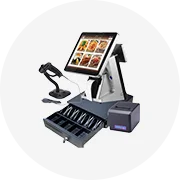
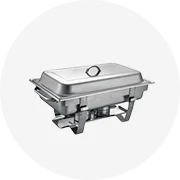

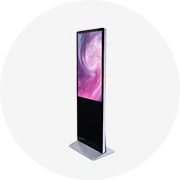


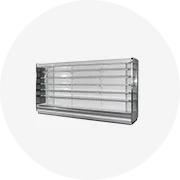


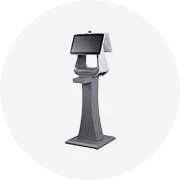
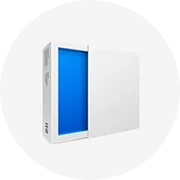









 浙公网安备 33010002000092号
浙公网安备 33010002000092号 浙B2-20120091-4
浙B2-20120091-4